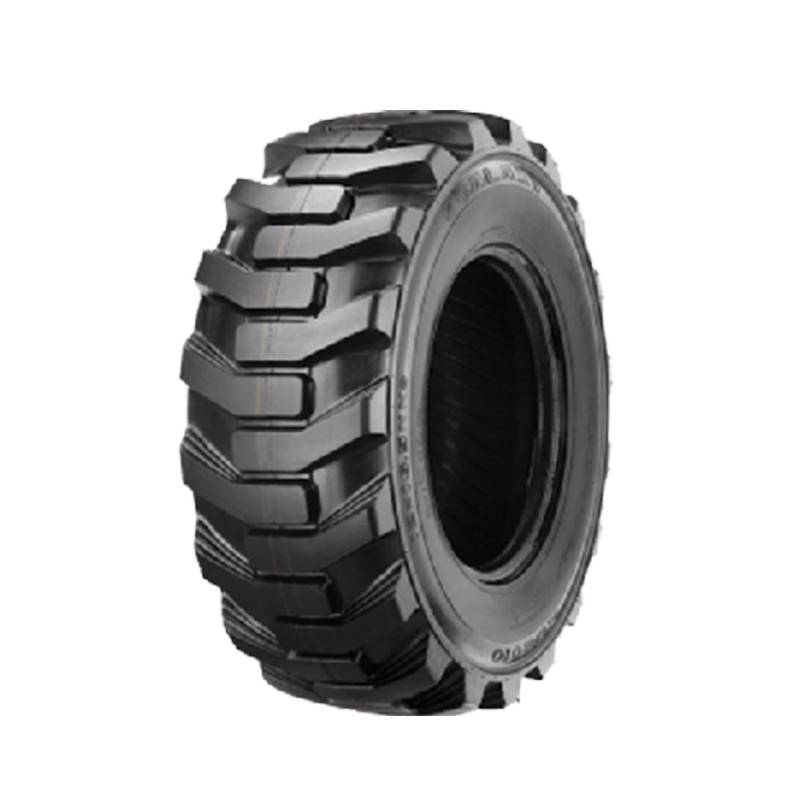
Nov . 09, 2024 20:50
Back to list
Pressure Relief Equipment for Enhanced Safety and Efficiency in Industrial Applications
Understanding Pressure Relief Equipment Ensuring Safety and Efficiency
In industrial contexts, the term pressure relief equipment refers to a variety of devices designed to prevent pressure build-up in systems, particularly in industries involving hazardous materials, chemicals, or high-pressure gases. Pressure relief systems play a critical role in ensuring the safety and efficiency of operations by providing a fail-safe mechanism to protect against catastrophic failures.
Importance of Pressure Relief Equipment
Pressure relief equipment is essential for a myriad of applications, including but not limited to chemical processing, oil and gas refineries, and power generation. The primary function of these devices is to release excess pressure that could lead to equipment failure or, more severely, explosions. By maintaining a specified pressure level, these systems not only enhance machinery longevity but also protect workers and the environment from harmful consequences.
Types of Pressure Relief Equipment
There are several types of pressure relief devices, each serving specific purposes based on the operational context. The two most common types include
1. Relief Valves These are automatic valves designed to open and close based on system pressure. When the pressure exceeds a predetermined limit, the relief valve opens to release the excess pressure, thereby protecting the system. Relief valves are widely used in steam systems and other applications where gases are involved.
.
3. Safety Valves Similar to relief valves, safety valves are also automatically operated but are specifically designed for use in gas applications. They function in much the same way, rapidly relieving pressure to prevent damage.
معدات تخفيف الضغط

Key Considerations for Installation and Maintenance
Proper installation and maintenance of pressure relief equipment are paramount to effectiveness. Several key aspects should be considered
1. Sizing and Selection Choosing the right type and size of pressure relief device based on system requirements is critical. A device that is too small may not relieve pressure sufficiently, while one that is excessively large may lead to unnecessary operational costs.
2. Location The placement of pressure relief devices should be strategic to ensure optimal performance. For instance, they should be positioned in areas where they can effectively cope with expected pressure surges without being obstructed.
3. Regular Inspection and Testing Continuous monitoring and regular testing of pressure relief systems are necessary to ensure reliability. Over time, components can wear out or become clogged, leading to potential failure.
4. Compliance with Standards Industries must comply with local and international safety standards when implementing pressure relief systems. Regulations often dictate specifications for design, installation, and maintenance, ensuring a baseline of safety practices.
Conclusion Mitigating Risks with Pressure Relief Equipment
Incorporating reliable pressure relief equipment is not just a regulatory obligation but a crucial investment in safety and operational efficiency. The implications of neglecting such systems can be dire, ranging from costly downtime to disastrous accidents. As industries continue to innovate and push technological boundaries, the importance of developing advanced pressure relief solutions remains paramount.
To cultivate a culture of safety, operators must prioritize the effective integration of these essential devices within their systems. By doing so, they not only protect their investments but also safeguard the health and well-being of their workforce and communities. The future of industrial operations hinges on our ability to responsibly manage and mitigate risks, ensuring sustainable progress and technological advancement.
Latest news
-
Safety Valve Spring-Loaded Design Overpressure ProtectionNewsJul.25,2025
-
Precision Voltage Regulator AC5 Accuracy Grade PerformanceNewsJul.25,2025
-
Natural Gas Pressure Regulating Skid Industrial Pipeline ApplicationsNewsJul.25,2025
-
Natural Gas Filter Stainless Steel Mesh Element DesignNewsJul.25,2025
-
Gas Pressure Regulator Valve Direct-Acting Spring-Loaded DesignNewsJul.25,2025
-
Decompression Equipment Multi-Stage Heat Exchange System DesignNewsJul.25,2025

